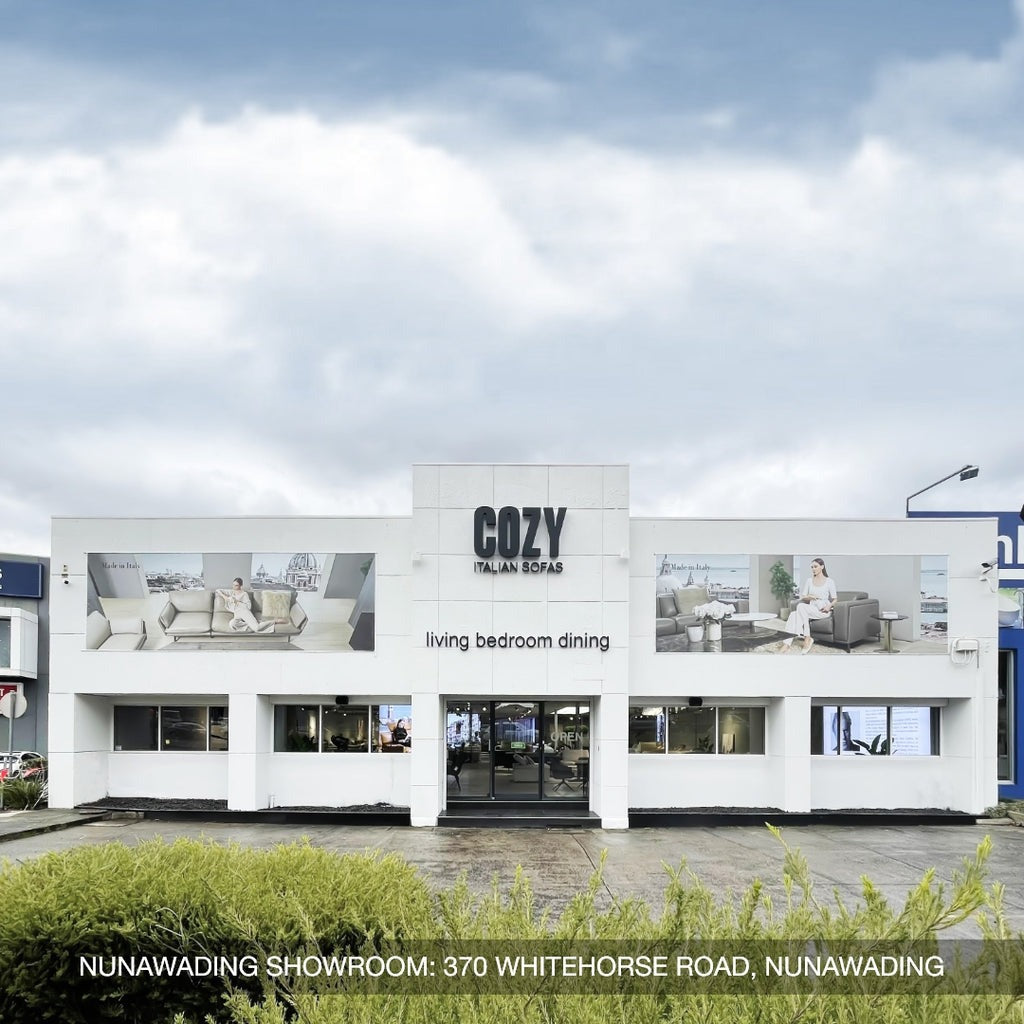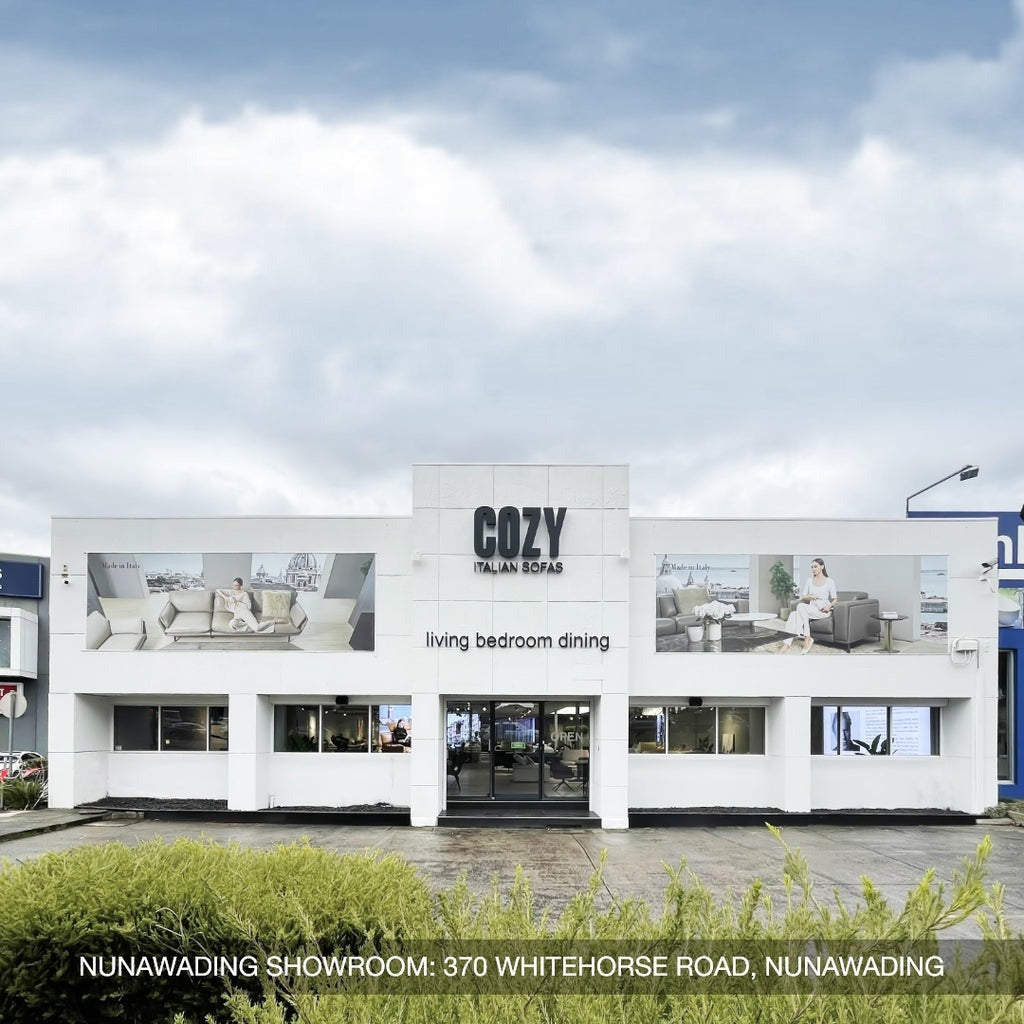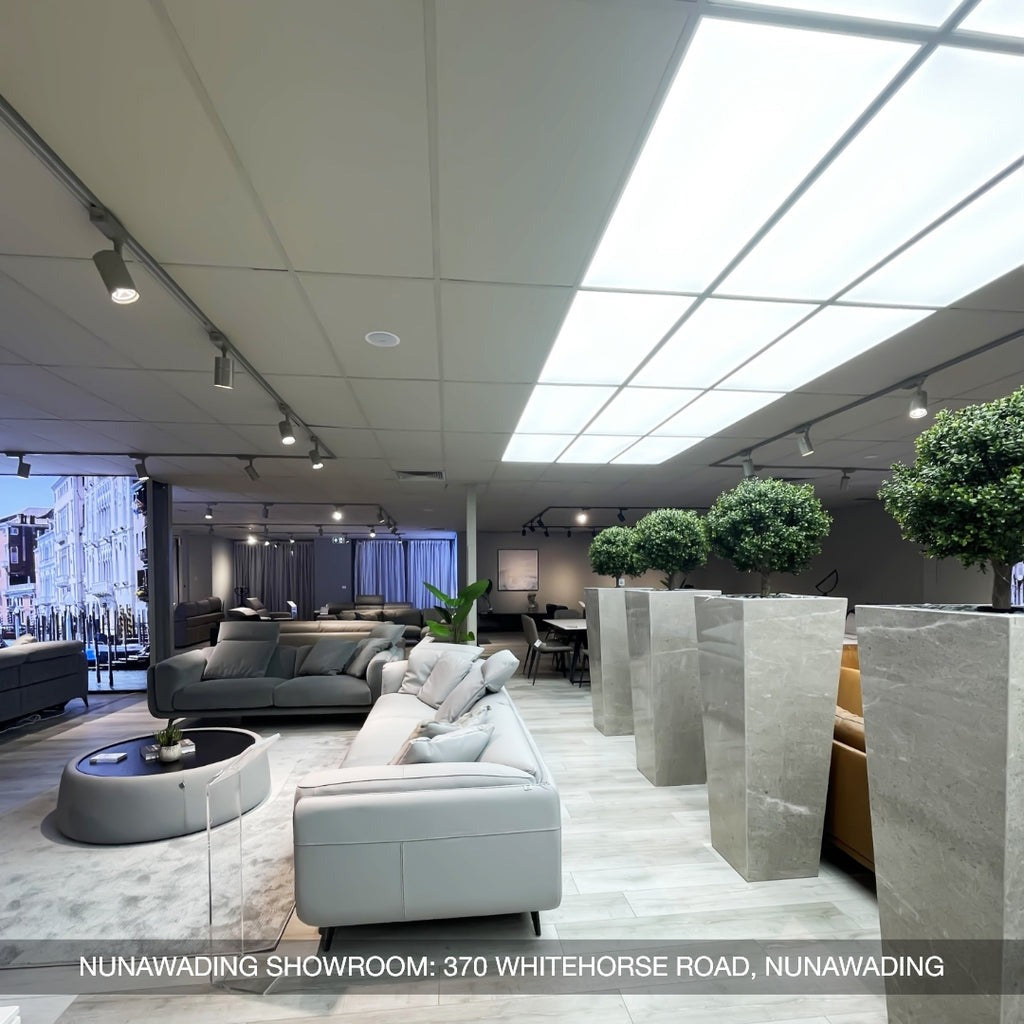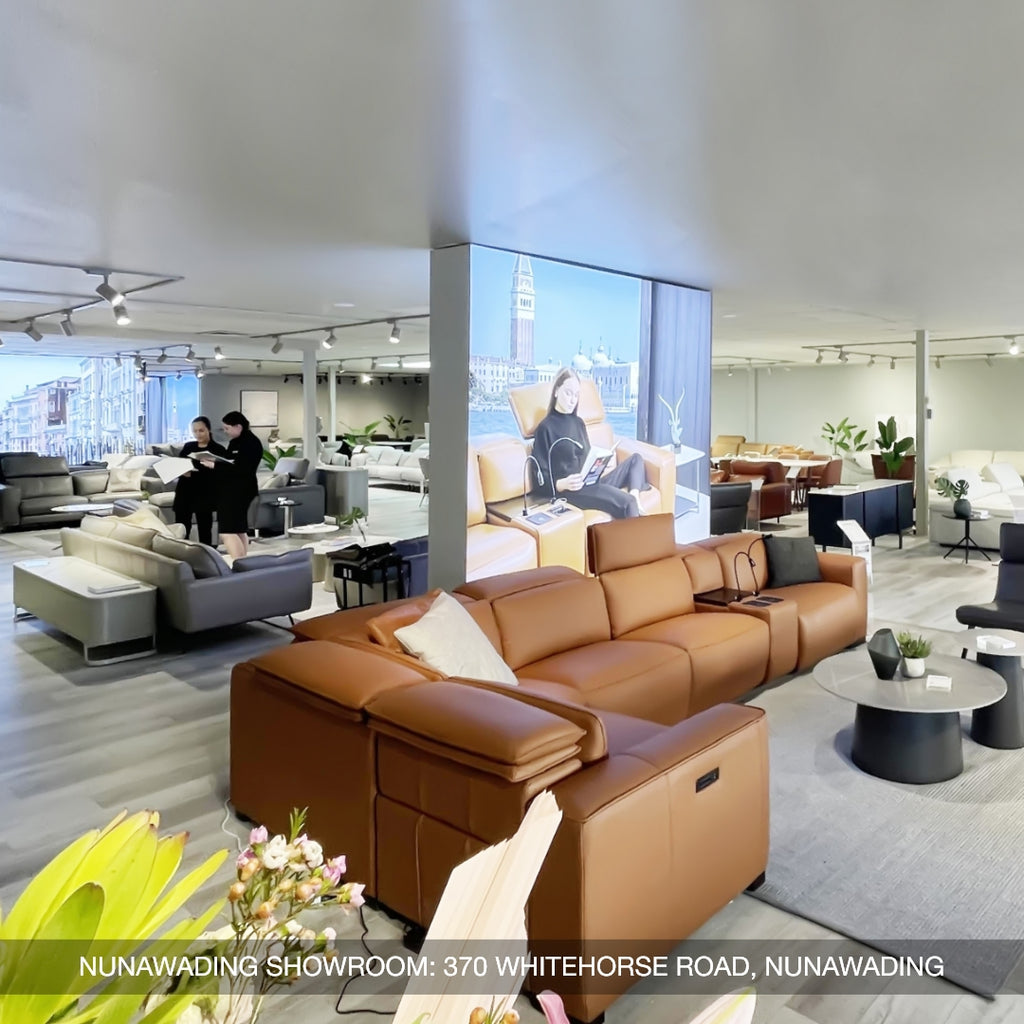In the contemporary landscape of interior design, the concept of a multi-functional dining room has emerged as a prominent trend, offering homeowners a versatile solution to optimize their living spaces. This innovative approach not only addresses the practical challenges of limited square footage but also caters to the dynamic needs of modern lifestyles. In this article, we delve into the realm of multi-use dining room ideas, exploring the diverse possibilities of functional dining room ideas. From seamless transitions between dining and workspaces to integrating kitchen functionality design, we uncover the transformative potential of reimagining traditional dining areas into multifaceted hubs of activity and interaction.
Benefits Of Multi-Functional Dining Room
Efficient Use Of Limited Space
The trend of transforming traditional dining rooms into multi-functional spaces has garnered widespread attention for its myriad benefits. One of the primary advantages lies in the efficient utilization of limited space. In today's urban landscape, where real estate often comes at a premium, optimizing every square foot is paramount. By embracing multi-use dining room ideas, homeowners can effectively upgrade a dining room, eliminating the need for separate rooms that might remain underutilized. This strategic repurposing not only maximizes the utility of limited space but also contributes to a more streamlined and organized living environment.
Tailored To Suit Contemporary Living
Moreover, the concept of a multi-functional dining room is inherently tailored to suit contemporary living. In the dynamic tapestry of modern lifestyles, individuals seamlessly juggle between work, socializing, and leisure activities. By integrating versatile elements such as custom built-ins and audio-visual features, the dining room becomes a flexible space that adapts to the evolving needs of its inhabitants. Whether it's a quiet space for work meetings, an entertainment area for socializing, or a cozy spot for family dinners, the multi-functional dining room provides a dynamic solution to accommodate diverse activities.
Fostering Connections Within The Family
Beyond spatial efficiency and adaptability, the transformation of a dining room into a multi-functional space holds the potential to foster connections within the family. This isn't merely about creating a room that serves various purposes but about cultivating an environment that encourages shared experiences. Incorporating multi-use dining room ideas that cater to activities like homework, board games, or crafting transforms the dining room into a central hub for family interaction. This intentional design approach strengthens the bonds between family members, turning the dining room into a space where meaningful connections are nurtured amid the hustle and bustle of contemporary life.

Multi Use Dining Room Ideas
Furniture That Serves Multiple Purposes
The evolution of multi-use dining room ideas has revolutionized interior design, offering homeowners innovative ways to optimize their living spaces. A key element in this transformation is the careful selection of contemporary dining room furniture that serves multiple purposes. For instance, dining tables with extendable features or foldable sides can effortlessly transition from a cozy family dinner setting to a spacious workspace, showcasing the functional versatility inherent in modern furniture design.

Adaptable Lighting For Various Activities
Adaptable lighting plays a pivotal role in creating a dynamic multi-functional dining room. Strategic placement of adjustable fixtures, such as pendant lights with dimming capabilities or wall sconces, allows residents to tailor the lighting to suit different activities. Bright and focused illumination can enhance productivity during work sessions, while softer, ambient lighting sets the perfect mood for intimate family dinners or social gatherings. This adaptability not only contributes to the functionality of the space but also adds a layer of aesthetic versatility.
Integrated Storage Solutions
Integrated storage solutions are essential components of a well-executed multi-functional dining room design. Contemporary dining room furniture often incorporates clever storage options, such as built-in shelves, cabinets, or benches with hidden compartments. These elements not only contribute to the streamlined appearance of the room but also offer practical solutions for organizing and concealing various items. The result is a space that remains visually appealing while efficiently catering to the storage needs of diverse activities.
Decor Elements That Can Be Easily Modified
The ability to modify decor elements easily is crucial. Incorporating removable and interchangeable decor items, such as wall art, throw pillows, or table centerpieces, allows residents to adapt the aesthetic of the room according to the occasion or their evolving preferences. This fluidity in decor ensures that the dining room remains a visually engaging and personalized space, reflective of the inhabitants' dynamic lifestyles.

Personalized And Tailored Additions
Personalized and tailored additions are the final touch to a truly multi-functional dining room. Whether it's custom-built furniture pieces that align with specific needs or unique decor elements that resonate with the residents' personalities, these personalized touches elevate the dining room into a space that is not only versatile but also deeply reflective of the individuals who inhabit it. From bespoke seating arrangements to curated art collections, these personalized additions contribute to the creation of a dining room that transcends its traditional role, becoming a canvas for self-expression within the context of multi-functional living.
The Do’s And Don’ts Of A Multi-Functional Dining Room
The Do’s:
Optimize Furniture Selection
When considering the transformation of your dining room into a multi-functional space, thoughtful furniture selection is paramount. Opt for pieces that serve multiple purposes, adhering to the principles of both comfort and functionality. Dining tables with extensions or foldable sides exemplify this approach, allowing seamless adjustments to accommodate varying needs. Similarly, choose chairs that strike a balance between comfort during extended sitting periods and practicality – lightweight and stackable for convenient storage. By optimizing your furniture choices, you lay the foundation for a dining room that effortlessly adapts to the demands of diverse activities.
Create Flexible Seating Arrangements
Creating a versatile seating arrangement is key to maximizing the potential of a multi-functional dining room. Consider the room as a dynamic space that can serve not only for family meals but also as a home office or an entertainment center. Integrate flexible seating options, such as modular furniture, ottomans, or benches, that can be easily rearranged to suit different functions. For those utilizing the dining room as a workspace, incorporate a comfortable chair and a small desk, ensuring a seamless transition from dining to work mode. The amalgamation of open plan kitchen ideas with multi-use dining room ideas creates a harmonious and adaptable living space.
Embrace Smart Storage Solutions
Efficient storage is a cornerstone of a well-designed multi-functional dining room. Embrace built-in cabinets, shelves, or sideboards to store dining essentials, work supplies, or other items, maintaining a clutter-free environment. The integration of storage solutions should align seamlessly with the overall design, ensuring a cohesive and organized look. By optimizing storage, you not only enhance the aesthetic appeal but also contribute to the practicality of the space, allowing it to effortlessly cater to various needs.

Incorporating built-in cabinets, shelves, or sideboards not only provides a designated space for dining essentials but also serves as a discreet storage solution for work supplies or other items.
Utilize Lighting Strategically
Lighting serves as a powerful tool in shaping the ambiance and functionality of a space. In a multi-functional dining room, it's crucial to utilize lighting strategically. Install dimmer switches and adjustable fixtures to control brightness levels according to different activities. Task lighting, such as desk lamps or pendant lights, can be strategically placed to provide focused illumination for work or reading purposes. The fusion of open plan kitchen ideas with well-considered lighting design ensures a cohesive and adaptable environment that seamlessly transitions between various functions.
Incorporate Technology
As the modern dining room evolves into a hub for work and entertainment, integrating technology becomes essential. Ensure that the space caters to the demands of a home office by installing power outlets and charging stations near work areas, keeping devices readily accessible. Enhance connectivity by including a Wi-Fi network extender, ensuring seamless internet access throughout the room. The amalgamation of technology with multi-use dining room ideas propels the space into the digital age, meeting the requirements of contemporary living.
The Don’ts:
Avoid Oversized Furniture
The size and scale of furniture play a pivotal role in determining the functionality and aesthetic appeal of the space. Oversized furniture, while potentially stylish, can hinder movement and create a sense of confinement. Opt instead for appropriately sized furniture that seamlessly integrates with the room's dimensions, allowing for easy maneuverability. This conscious selection contributes to an open and inviting atmosphere, avoiding the pitfalls of a cramped and unwieldy dining area.
Don’t Sacrifice Comfort For Style
Striking the right balance between style and comfort is imperative when curating a multi-functional dining room. While visual aesthetics are undeniably important, prioritize comfort when selecting chairs or seating options. Since the dining room serves as a versatile space for various activities, ensuring that seating provides adequate support and cushioning is paramount. By marrying style and comfort, you create an environment that not only looks appealing but also fosters a sense of well-being, enriching the experience of every function the space serves.
Avoid Clutter
Clutter is the nemesis of functionality and order in a multi-functional dining room. Embrace a minimalist approach to design, resisting the temptation to overcrowd the space with unnecessary items. Optimize storage solutions, such as built-in cabinets or shelves, to keep essential items within reach while maintaining a clean and organized environment. This deliberate avoidance of clutter contributes to an unencumbered and serene atmosphere, where every item has its place, aligning with the principles of multi-use dining room ideas.

Embracing a minimalist design philosophy is key, resisting the urge to overcrowd the space with unnecessary items.
Don’t Overlook Acoustics
In the dynamic landscape of a multifunctional dining room, the issue of noise becomes a significant consideration. To address this, think beyond mere aesthetics and consider incorporating sound-absorbing materials. Rugs, curtains, or acoustic panels can minimize echoes, creating a more acoustically pleasing environment. This nuanced approach not only enhances privacy but also reduces distractions, making the space conducive to focused work or serene relaxation. In the integration of open plan kitchen ideas with a multi-functional dining room, acoustics play a crucial role in achieving a balanced and harmonious ambiance.
Avoid Neglecting Personalization
The versatility of a multi-functional dining room should not come at the expense of personality. While catering to various functions, inject your personal style through carefully chosen elements such as artwork, decorative pieces, or plants. These personalized touches infuse the space with character, making it distinctly yours. The amalgamation of personalization with multi-use dining room ideas creates an environment that is not only functional but also resonates with the unique identity and taste of its inhabitants.
Conclusion
The transformative potential of multi use dining room ideas transcends mere design concepts; it encapsulates a lifestyle philosophy that harmonizes form and function. Embracing the versatility of a multi-functional dining room empowers homeowners to optimize their living spaces, adapting seamlessly to the dynamic rhythms of contemporary living. This holistic approach not only maximizes spatial efficiency but also fosters meaningful connections within the family. By merging practical considerations with thoughtful design, a multi-functional dining room emerges as a central hub, embodying adaptability, style, and the ever-evolving essence of a well-curated living space.





